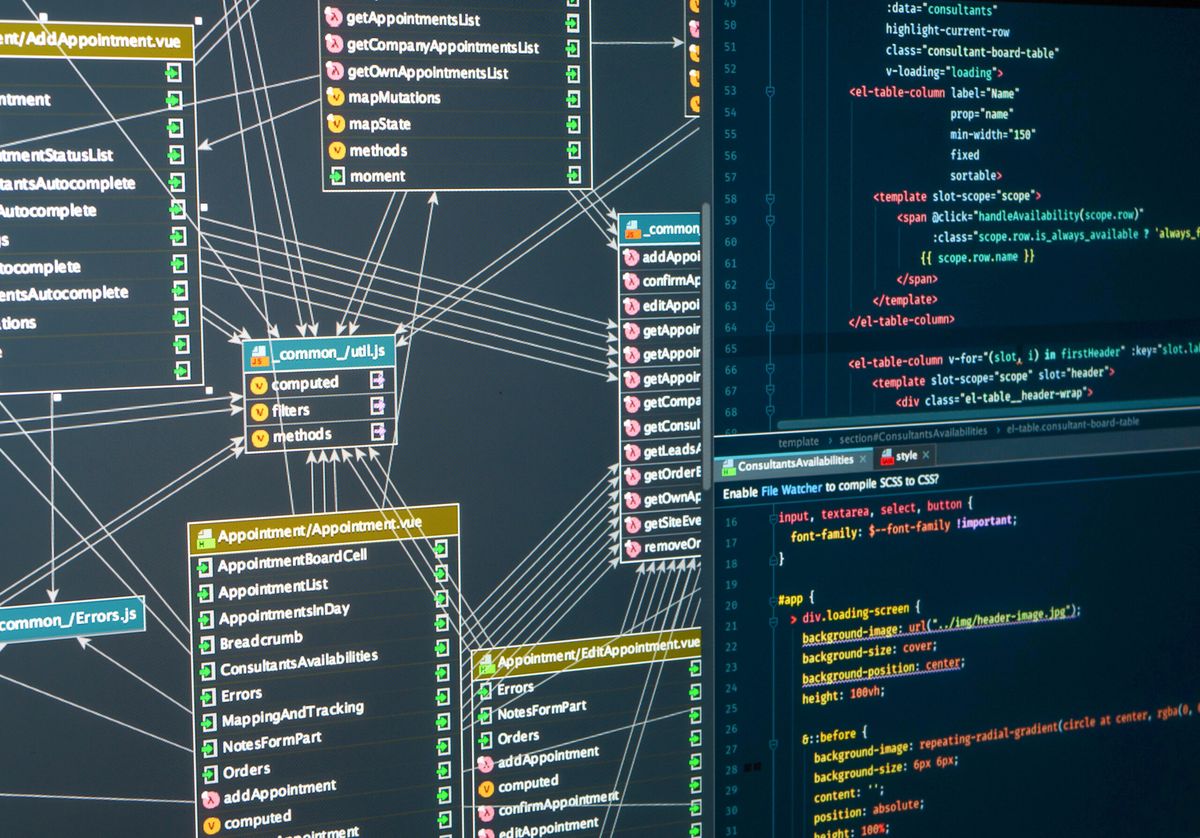Optimization to a database is like a heart to the body. Just like the body needs constant pumping of the blood, the database needs constant DB optimization. This is done to ensure optimized performance even if the data load increases over time. As the amount of data, load, and operations increase, the processes tend to slow down and can affect the output times. To avoid this situation, constant efforts for optimization are required. This ensures a smooth flow of data and uninterrupted services.
At times, even a small error in indexing can lead to a slow or failed system. Thus, it is essential for DB administrators to constantly monitor their databases.
As a DBA, one needs to keep an eye on even the smallest details and changes that are happening in the system. Being curious and alert is essential to a DBA and can help you get better results.
But sometimes it can be difficult just to decide where and how to initiate the process. To simplify this confusion, here are a few important tips and best practices that can help DB administrators optimize their databases.
1. Classification Into Buckets
Before getting into the issues that a database might be facing, it is extremely important to understand the types of problems and group them into categories.
Just like having doctors for different functions of the body make identification and treatment easier, this process makes a DBA’s job much easier. For a database, some common buckets that can be used include:
1. Physical or Virtual resources
2. Data Modelling (Indexing)
3. Concurrency
4. Queries and query structures
Once the above classification is done, one can break it down even further and list out everything that can be used to fine-tune your database. For example, resources could include memory, network changes, Disk drives, and system configuration as well. Similarly, all other buckets can be broken down and attended to individually.
2. Focus on the Macro
With data, the higher the amount of data, the more detailed the results will be. Similarly, collecting data over an extended period of time, preferably a few weeks will give a clear picture of performance. This will help create trends of all major events that took place during the specific period as compared to individual milestones or events.
As a DBA, this allows for a better understanding of data, the trends, and simplifies the process of tracking changes. One can maintain weekly, monthly, and yearly trends that can be used for comparison.
3. Database maintenance activities
A well-maintained database will boost performance and optimize functioning without any external effort. But what does it mean by a well-maintained database? Well, there are certain practices that every good DBA will perform from time to time. Let us have a look at these:
- Regular backups: A basic practice, yet backups are extremely important. It is even more important to understand that the backups need to fulfill the requirements of SLA (Service level agreement), RPO (Recovery point objective), and RTO (Recovery time objective). Once these are fulfilled one may choose between different types of backups including weekly, daily, and even hourly transaction log backups. But keep in mind that it does not apply to every system.
- Indexing: As a DBA, one needs to keep a regular check on the indexes. While a daily check-up is advisable, creating new ones every night is not necessary. Fragmentation majorly influences the need to recreate, rebuild, or update the index. Rebuilding might not always be the best option when it comes to indexing.
- Statistics maintenance: Maintaining statistics requires regular checks of the same. But multiple factors are affecting the time frame of the check. These include the time taken to completely update the stats, queries that will be forced to recompile, and the churned amount of objects including tables and indexes.
- Configuration and corruption: For both the database and the server, backing up the configurations daily is necessary. The depth of configuration extraction depends on the individual and will vary between different DBAs. Additionally, ensure that a corruption check is run every month.
4. Optimize device utilization
Databases are after all dependent on the utilization of the hardware. As a DBA who is focused on increasing the DB optimization, one cannot ignore the use of the devices.
Using the CPU in a regulated manner is essential. Constantly check the use of shared resources such as shared space. If non-database tasks consume too many resources, DB optimization will be a challenge.
Find out the CPU usage for each application, it will be much easier to reallocate and ensure maximum throughput.
5. Avoid Coding Loops
Till now we have focused only on the things we should do as a DBA. There are certain things a good DBA avoids. One of them is ensuring that coding loops do not hamper the database and its functioning.
Coding loops can slow down sequences and should be avoided. Instead, using unique UPDATE and INSERT commands for individual rows. Additionally, avoid any instances in which the WHERE command updates pre-existing data in the database.
Also, a lot of developers use correlated queries. But just because it is the easy route, DBAs should ensure avoiding this method. The main problem with correlated queries is the fact that the queries are executed row-by-row thus affecting the performance of the query and the database. Instead of correlated queries, a join is often used to avoid the problem.
6. Environment selection is key
While there are different opinions regarding the selection of deployment of the container-based system, a good DBA knows the selection should vary from case to case. The impact of a distributed environment on the consistency of the data should be a major influence in this decision. Once you have made your decision, ensure that your plan should not miss collective and synchronized updates.
While this might be an individual choice, the DBA needs to put in thought and weigh all factors before taking a call. This is because data consistency plays a major role in the long run. Establishing the database with an environment that fulfills all the criteria avoids transitions and errors in the future.
7. Notifications and alerts
Notifications are a key aspect of our lives. The same goes for database environments. Automation has played a major role in database management, and along with it has enabled us to monitor the system and keep an eye on data-intensive processes.
But taking it up by a notch, integrating a well-built notifications system can help DBAs capitalize on the DB optimization. Building a thorough notification system is extremely important but at the same time, we ensure that it is controlled and demands an urgency.
A lot of DBAs focus on an in-built notification system but fail to categorize their priority and this can cause unnecessary use of the resources. Make sure that your notification system includes issues that need immediate attention.
Conclusion
DB optimization is an ongoing process and a lot of DB administrators have adapted to the flow. They realize the importance of not sticking to the traditional methodologies and are willing to keep changing their approach to get the best results. Some of the pointers mentioned above have been tried and tested by experts within OptimizDBA and outside as well. They are recommended as they will get you results and improve the performance of your database. Are you unsure if your database needs any optimization? Feel free to reach out to us and we will connect you to expert DBAs and help you understand your problems better







